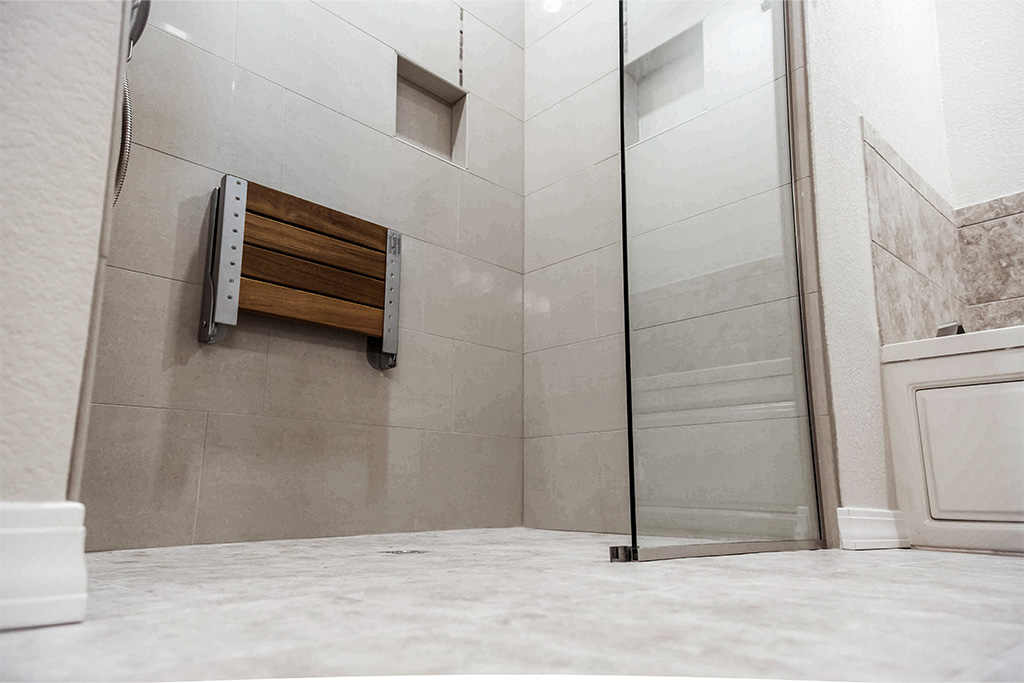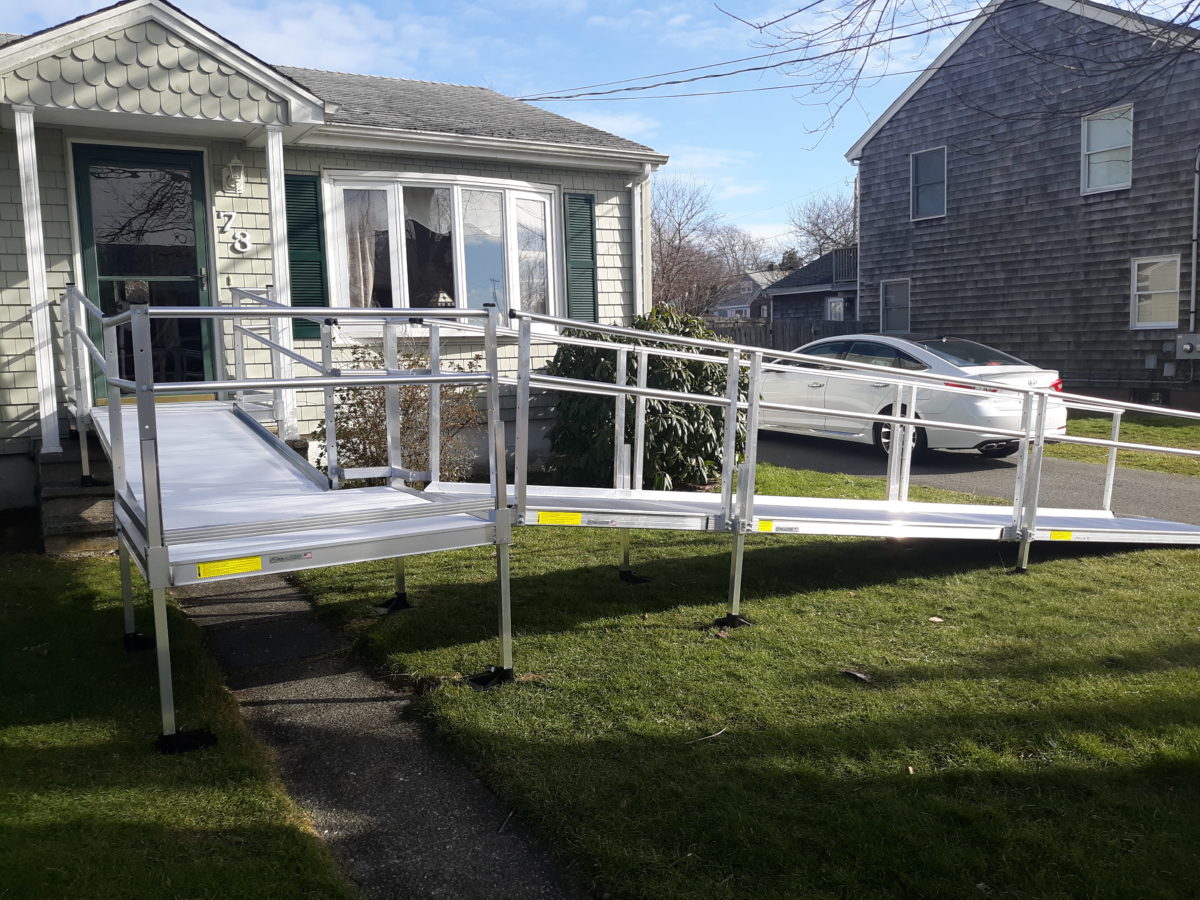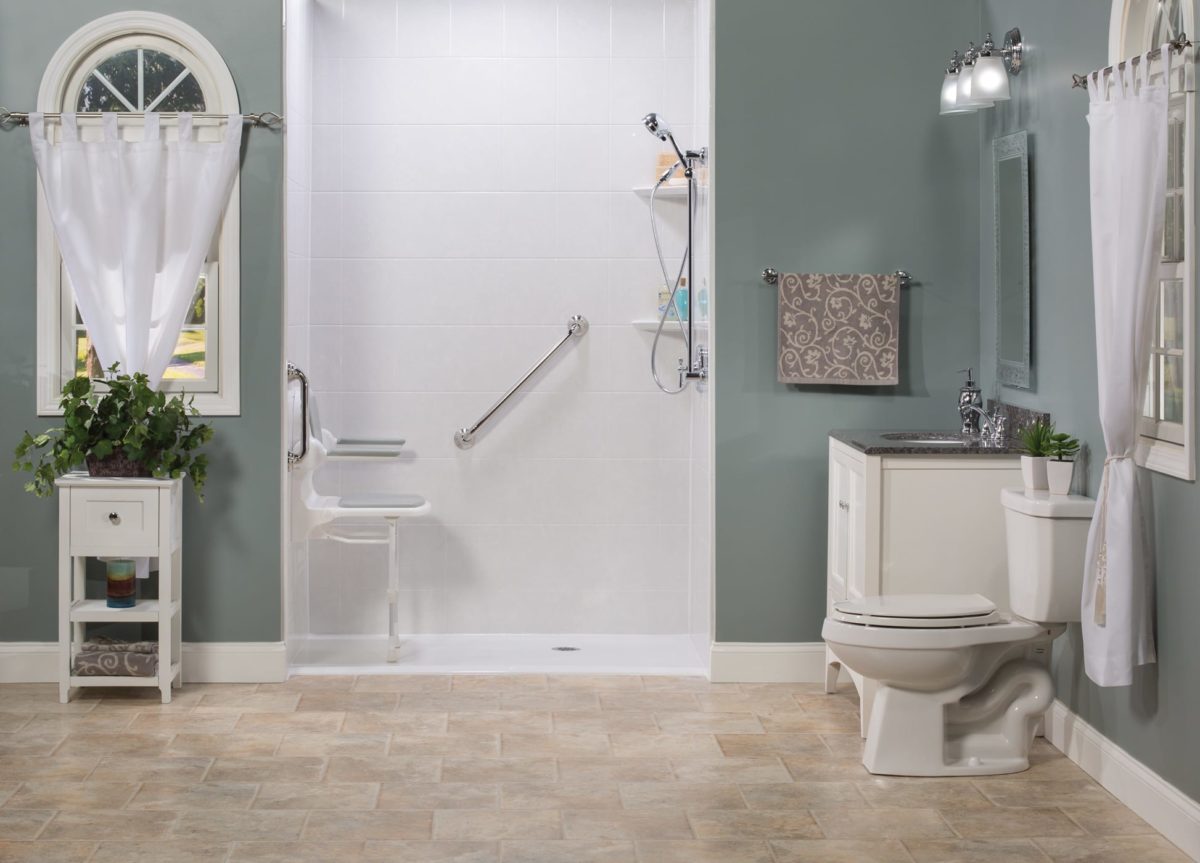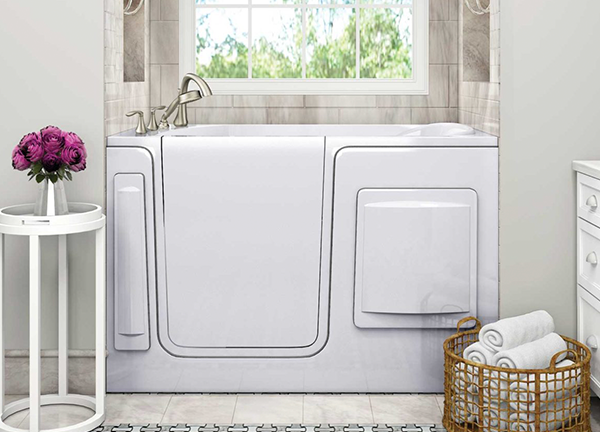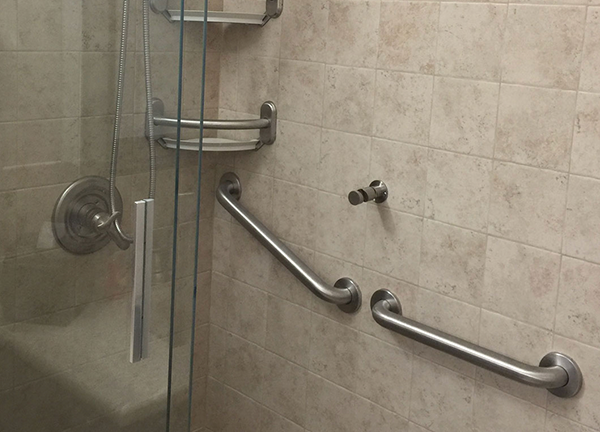Driven by the latest advancements in technology, the definition of a ‘comfortable home’ is rapidly evolving. Smart home technology is not just about convenience but has also become a key player in the realm of accessibility, particularly for populations that require additional support to stay in their homes. From aging in place individuals to those with mobility challenges, the advantages of a smartly-equipped home are vast, offering independence and a higher quality of life. Whether you are considering smart enhancements for a loved one or for yourself, understanding the capabilities and potential of these devices can be a game-changer. Allow us at Home Mobility Pros to walk you through the many possibilities of creating a safe, convenient and comfortable haven. The integration of smart home technology in homes has opened up a whole new world of opportunities for individuals with disabilities. With the use of various assistive devices, people with mobility challenges can now control and manage their surroundings in ways that were not possible before.
Benefits for Aging in Place
Smart home technology offers a suite of benefits to seniors who prefer the comforts of their own home as they age. It’s not just about controlling appliances with your phone; it’s a comprehensive approach to living that fosters both safety and independence.
Remote Monitoring and Assistance
Smart home systems integrate cameras, motion sensors, and wearable devices that can constantly monitor and assess a senior’s well-being. In case of an emergency or unusual behavior, alerts are sent automatically to designated caretakers or emergency services. For example, platforms like Nest and Ring can provide remote video monitoring and two-way communication, allowing family members or caregivers to check in at any time.
Safety Features and Alerts
Smart homes eliminate many potential hazards by automating safety features. Smart locks secure doors without the need for keys, and video doorbells allow for safe interaction with visitors. Additionally, sensors and alarms connected to a central system can detect the presence of smoke, carbon monoxide, or even leaks, ensuring quick responses in critical situations.
Voice-Controlled Devices for Ease of Use
Elderly individuals often face challenges with dexterity and movement, which can make using traditional devices difficult. Voice-controlled assistants like Amazon’s Alexa or Google Home give users the ability to control their environment with simple vocal commands, empowering them to have better control over their living conditions.
Advantages for Smart Home Enthusiasts
For early adopters and technology enthusiasts, the appeal of a smart home lies in the marriage of efficiency and convenience—added accessibility features only enhance this allure.
Energy Efficiency and Cost Savings
Smart thermostats, like the ubiquitous Nest and Ecobee, learn the heating and cooling preferences of the household and adjust the temperature accordingly. This not only provides significant energy savings but also ensures the home is comfortable at all times, which can be particularly advantageous for those with health considerations that are affected by temperature.
Integration with Other Smart Devices
With the rise of the Internet of Things (IoT), smart homes are becoming increasingly interconnected. Lights, sensors, security systems, and more can be integrated into a single app, making it easy to manage everything from one location, enhancing the overall user experience.
Customizable Settings for Comfort and Convenience
Smart homes allow for a level of customization that traditional environments cannot offer. Color-changing lights, automated window treatments, and sound systems that adapt to different moods and needs can significantly raise the quality of life for residents.
Appeal to Home Automation Users
For those who have already integrated some level of home automation, the path to enhancing accessibility is a natural progression. Smart homes can streamline daily routines and provide support in managing health and wellness.
Seamless Automation of Daily Tasks
The convenience of having your home respond to your habits and routines cannot be overstated. From having your coffee ready to ensuring the morning news is already playing, smart homes can automate tasks that would otherwise be labor-intensive for some individuals.
Smart Appliances and Environmental Controls
Smart washing machines, ovens, and refrigerators can make life easier. For example, they can notify users when laundry is done, set timers for cooking, and even compile a grocery list when items are running low.
Health and Wellness Tracking Features
Wearable technology and smart home devices come together to keep track of health metrics, remind users of medications, and even suggest changes to enhance wellness. Platforms like Apple Health or Fitbit sync with smart home systems to provide a comprehensive overview of a user’s health at a glance.
Real World Application
Mr. and Mrs. Johnson’s Story
Mr. and Mrs. Johnson were delighted when they discovered how their newly installed smart thermostat automatically regulated their home’s temperature, taking into account Mr. Johnson’s preference for a warmer environment due to his arthritis. With the voice-activated controls, Mrs. Johnson, who had mobility issues, could easily monitor and adjust the settings without having to move around too much.
The Smiths’ Road to Independence
The Smith family shared their experience of how smart home technology, including automated lighting and grocery delivery services, helped Mr. Smith, a wheelchair user, to manage his daily routine more efficiently, leading to a newfound sense of independence.
Smart Home Technology for Enhanced Accessibility
The move towards smart home technology is not just a trend; it’s a significant step in the quest to enjoy a more comfortable, accessible, and independent lifestyle. For Home Mobility Pros, this shift offers a vital tool in enhancing the quality of life for those facing mobility challenges or assisting loved ones in the aging process. Smart home features can transform a mere house into a personalized haven that caters to specific needs. By staying abreast of the latest innovations and leveraging the distinct advantages of each element, we can craft environments that promote well-being and growth at every life stage.

